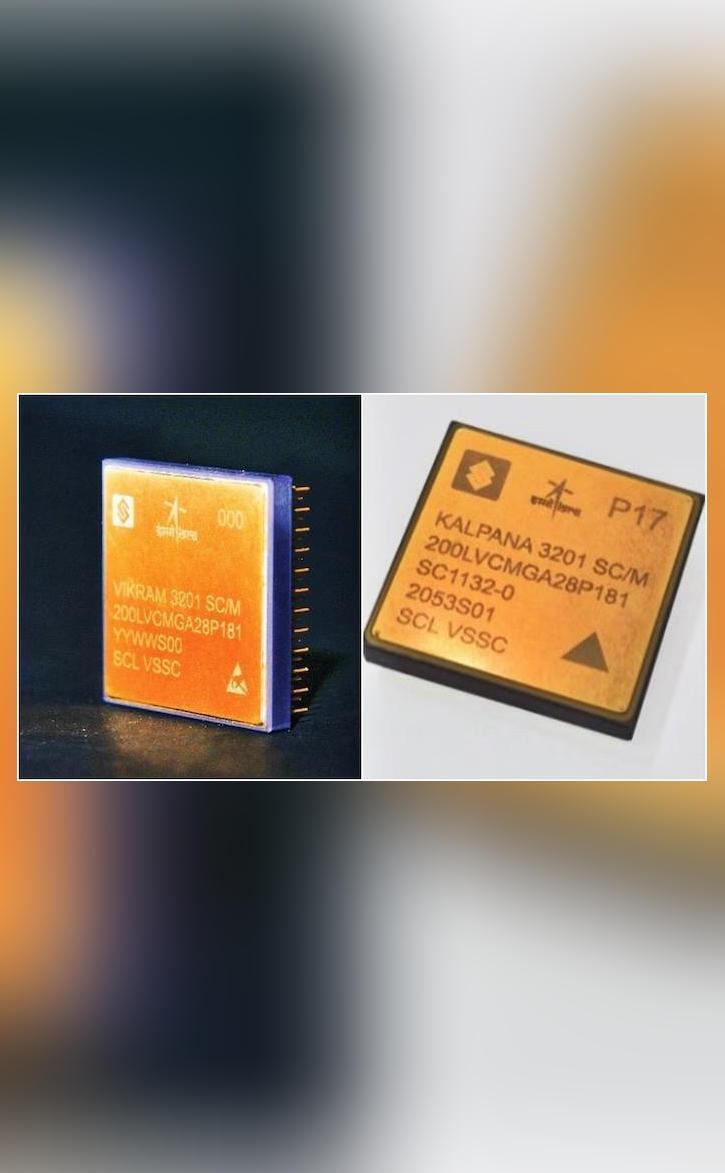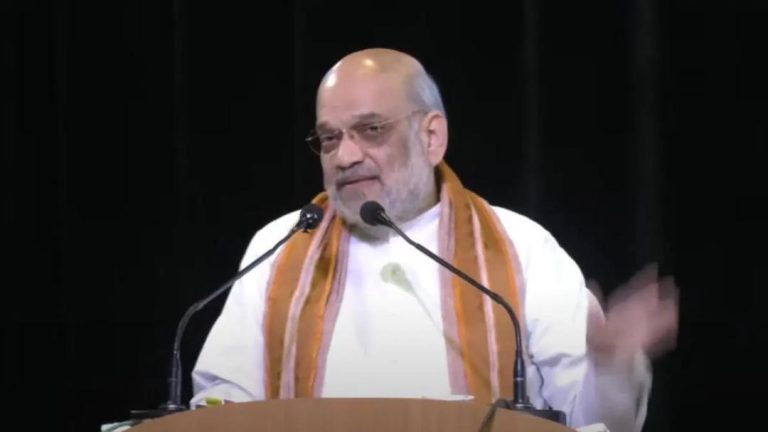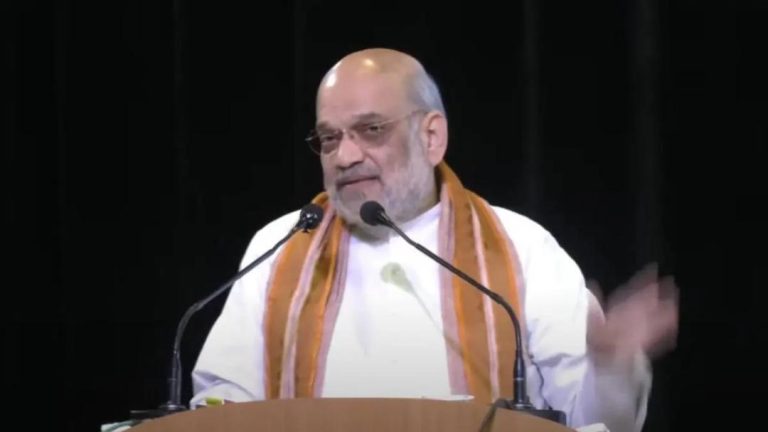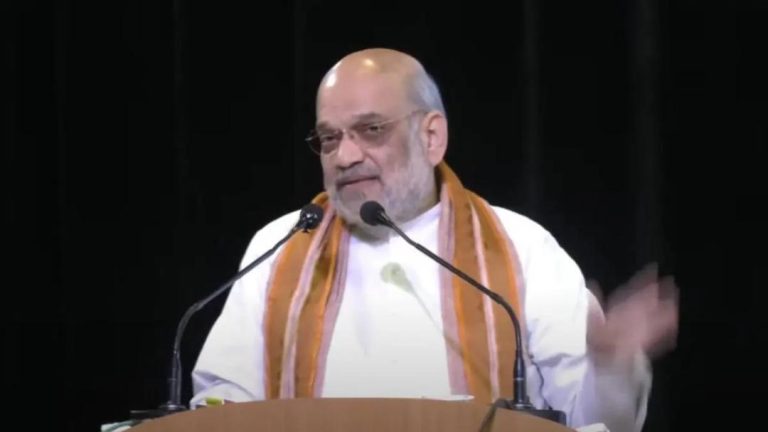
ISRO & SCL develop 32-bit microprocessors for space applications
The Indian Space Research Organisation (ISRO) and the Semiconductor Laboratory (SCL) in Chandigarh have made a significant breakthrough in the field of space technology. They have jointly developed two 32-bit microprocessors, VIKRAM3201 and KALPANA3201, which have been designed specifically for use in space applications. This achievement is a major step forward for India’s space program, as it allows the country to develop its own indigenous microprocessors for use in space-related projects.
The VIKRAM3201 microprocessor is notable for being the first fully “Make-in-India” 32-bit microprocessor that has been qualified for use in the harsh environmental conditions of launch vehicles. This means that it can withstand the extreme temperatures, vibrations, and radiation that are present during the launch and operation of spacecraft. The microprocessor has been designed to meet the specific requirements of space applications, including high reliability, low power consumption, and fault tolerance.
The KALPANA3201 microprocessor, on the other hand, is a radiation-hardened microprocessor that is designed to operate in the presence of high levels of radiation. This is a critical requirement for space applications, as spacecraft are often exposed to high levels of radiation from the sun and other sources. The KALPANA3201 microprocessor has been designed to withstand the effects of radiation, ensuring that it continues to function properly even in the presence of high levels of radiation.
The development of these microprocessors is a significant achievement for ISRO and SCL, as it marks the first time that India has developed its own indigenous microprocessors for use in space applications. This achievement is a testament to the capabilities of Indian engineers and scientists, and it demonstrates the country’s ability to develop complex technologies that are critical to the success of its space program.
The use of indigenous microprocessors in space applications has several benefits. Firstly, it allows India to reduce its dependence on foreign technology, which can be expensive and unreliable. Secondly, it enables India to customize the microprocessors to meet the specific requirements of its space program, which can lead to better performance and reliability. Finally, the development of indigenous microprocessors can help to stimulate the growth of India’s space industry, creating new job opportunities and driving economic growth.
The development of the VIKRAM3201 and KALPANA3201 microprocessors is also a significant achievement for the Indian electronics industry. The microprocessors have been designed using advanced semiconductor manufacturing technologies, and they have been tested and qualified for use in space applications. This achievement demonstrates the capabilities of Indian engineers and scientists, and it shows that India is capable of developing complex technologies that are critical to the success of its space program.
In conclusion, the development of the VIKRAM3201 and KALPANA3201 microprocessors is a significant achievement for ISRO and SCL. The microprocessors have been designed specifically for use in space applications, and they have been qualified for use in the harsh environmental conditions of launch vehicles. This achievement is a testament to the capabilities of Indian engineers and scientists, and it demonstrates the country’s ability to develop complex technologies that are critical to the success of its space program.






